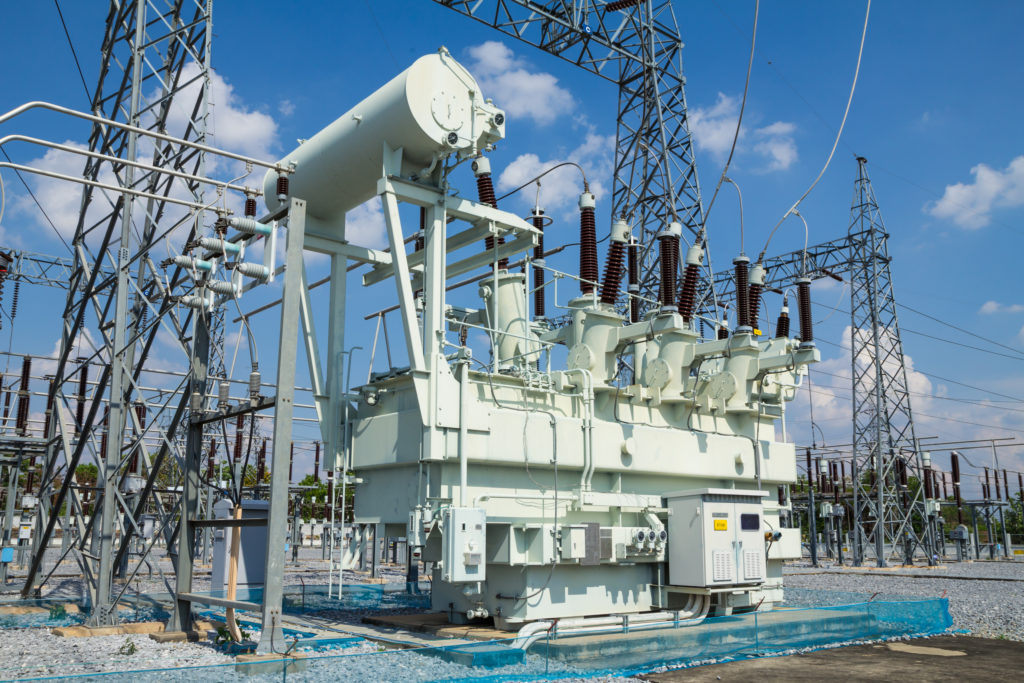EPRI Collaborative Research Aims to Protect Society from a Worst-Case Scenario Solar Storm
On March 13, 1989, a geomagnetic disturbance triggered a 9-hour blackout in and around Montreal, shutting down schools, businesses, and the city’s airport and underground transit system. While memories of that day have likely faded for most Quebecois, the event has had an enduring impact on the electric power industry.
It set in motion a series of efforts by regulators, policymakers, and electric utilities to protect the bulk power system against geomagnetic disturbances, also known as solar storms. Most recently, in 2016, the Federal Energy Regulatory Commission (FERC) approved the North American Electric Reliability Corporation’s (NERC) reliability standard for geomagnetic disturbances. As part of its approval, FERC required owners and operators of bulk power systems to develop action plans and mitigation measures to address the threat of geomagnetic disturbances.
The FERC order also mandates that system owners and operators assess potential impacts of a 100-year solar storm. It requires NERC to modify the new standard and develop tools to better protect against these impacts. At NERC’s request, EPRI spearheaded a three-year, multi-million-dollar research initiative to advance understanding of worst-case scenario solar storms, with participation from national research laboratories, the National Aeronautics and Space Administration (NASA), and electric utilities.
“With a better understanding of what a 100-year solar storm looks like, we can build tools that help planners identify system weaknesses,” said EPRI Senior Technical Executive Bob Arritt, who leads the work.
FERC mandated research to improve the science behind NERC’s projection of a 100-year solar storm’s severity, which is based on an average of worldwide geoelectric field amplitude measurements made between 1993 and 2013. While NERC reasoned that this “spatial averaging” approach would best reflect the effects of a severe solar storm over a wide area, FERC expressed concern that such estimates “could be weighted by local effects and suggest unduly pessimistic conditions….”

EPRI and its collaborators are examining spatial averaging and its implications for how grid operators prepare for a severe geomagnetic disturbance. “We need to advance the science behind our definition of a 100-year storm,” said Arritt. “For example, we know that the geoelectric field is not uniform across a large area, and it is made up of small peaking areas. Better defining the characteristics of an extremely rare, severe solar storm will help us understand its impact on the bulk power system.”
A primary concern outlined in the FERC order is the overheating of transformers, which could potentially lead to failures. Transformers are extremely expensive and take a long time to build, transport, and install. If widespread failures were to occur, they could result in long-term blackouts. To fulfill the requirements of FERC’s order, EPRI’s research initiative must analyze the current approach used to estimate transformer heating limits. If deemed inadequate, researchers are tasked with developing alternative methods.
“We will use data from lab testing and transformer monitoring in the field to improve the transformer response models used to estimate how equipment reacts to a solar storm,” said Arritt.
Researchers also will focus on harmonics generated by solar storms, developing tools to analyze impacts on transformers. “It’s important that bulk system operators understand harmonics, which can cause additional heating and equipment to trip off when it is needed most,” said Arritt.
Arritt believes the next two years of research will provide a more scientifically rigorous foundation for NERC’s reliability standard. Equally important, he emphasizes that EPRI’s research will result in better tools that grid operators can use to prepare for the worst possible impacts of a solar storm.
“This research is where science meets practice,” he said. “The results will inform solar storm vulnerability assessments and potential mitigation actions. It’s where the rubber meets the road.”
EPRI Technical Expert:
Bob Arritt


